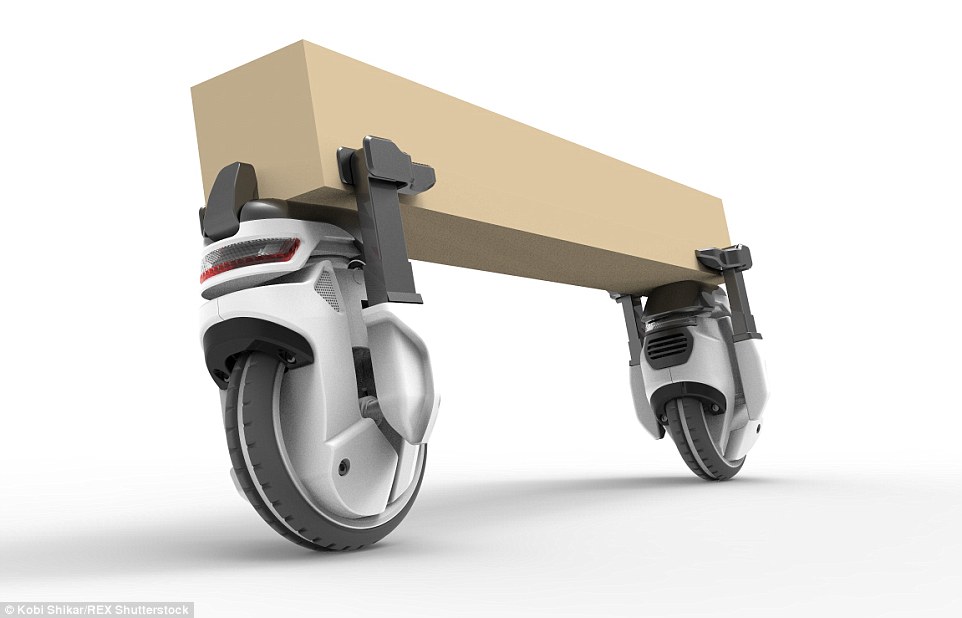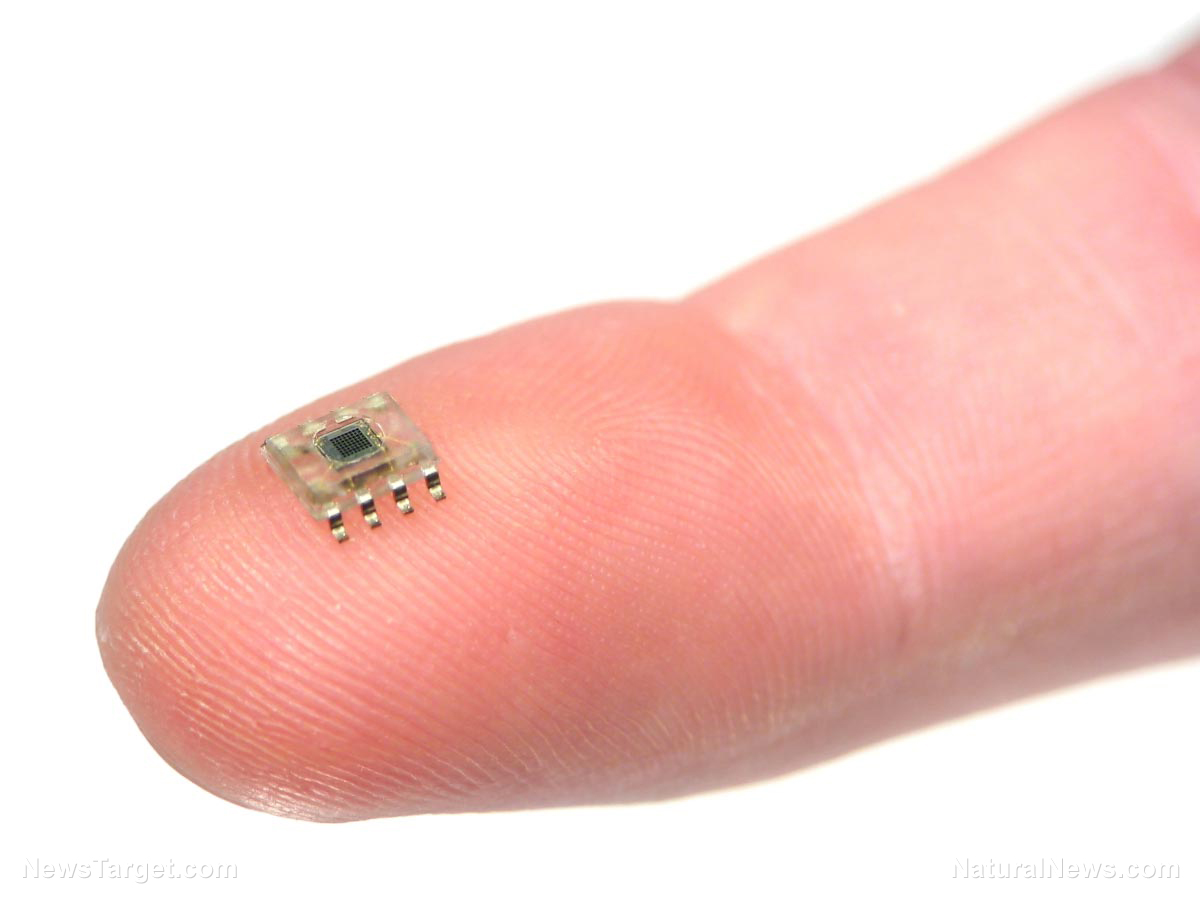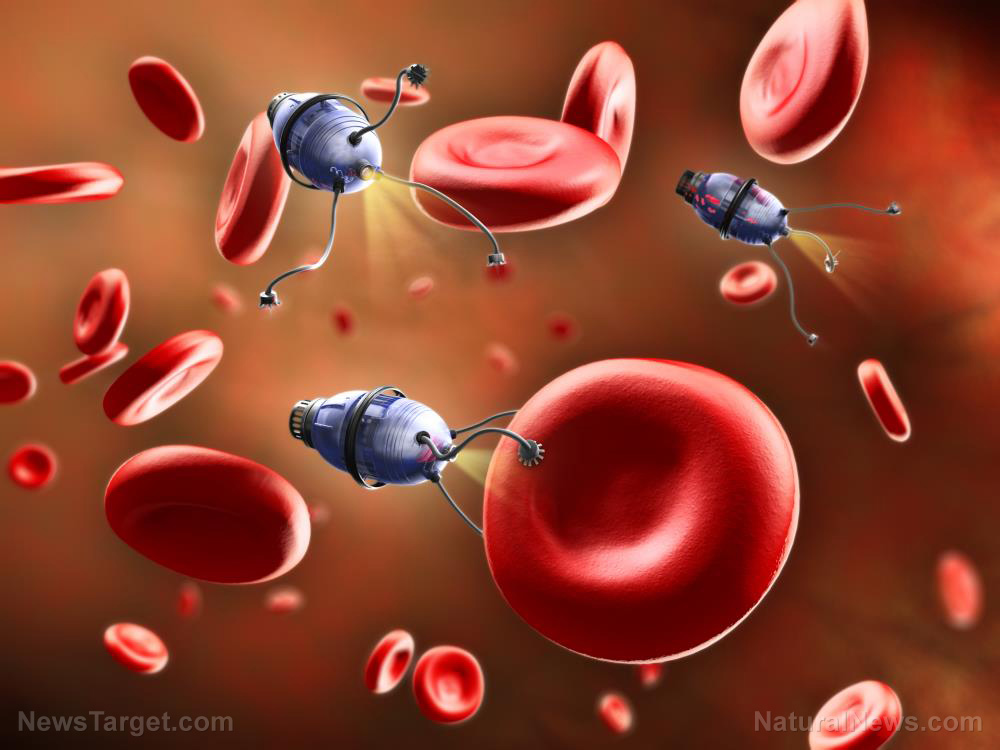Startup announces plans to use bike lanes for delivery robots to move cargo
09/11/2020 / By Franz Walker

Bicycle riders may soon find themselves sharing bike lanes with autonomous delivery robots. Robotic delivery startup Refraction AI recently revealed plans for a lightweight delivery robot that can use bicycle lanes.
The company, a brainchild of University of Michigan professors Ram Vasudevan and Matthew Johnson-Roberson, is pitching its five-foot-tall REV-1 as a lightweight, low-cost, autonomous delivery robot that can zip around at up to 15 miles per hour in both bicycle lanes and roadways, making for more efficient last-mile deliveries.
“We have created the Goldilocks of autonomous vehicles in terms of size and shape,” said Johnson-Roberson, who serves as the CEO of Refraction AI.
Delivery robots for bike lanes
REV-1 weighs only about 100 pounds and can hold up to 16 cubic feet of cargo that it can then deliver autonomously. To make sure that it’s cargo gets delivered to the correct person, recipients will receive a key code that they will have to enter on a keypad on the REV-1 to unlock its cargo compartment and receive their goods.
For added safety, the robot comes equipped with 12 cameras alongside both radar and ultrasound sensors that keep it aware of its environment. Refraction AI says that these systems are much cheaper than the laser-based light detection and ranging (LIDAR) systems that have become popular in similar autonomous systems.
In addition, the company is also touting REV-1’s short stopping distance, combined with its slow speed, making it safer than other self-driving vehicles.
“Our vehicle’s low curb weight at low speeds makes deployment safer than other autonomous vehicles,” Johnson-Roberson stated.
“For example, we have a 5-foot stopping distance, compared to the typical 45-foot stopping distance that a full-sized vehicle at the same speed would need to avoid an accident,” he added.
Bicycle community skeptical
Despite Refraction AI’s safety claims, members of the bicycle community remain skeptical and many are likely to object to an autonomous vehicle operating in bicycle lanes.
“It’s a bit presumptuous for Refraction to claim they can operate in bike lanes. They would face a pretty big debate and permit process if they tried to operate in Portland,” said Jonathan Maus, who runs the BikePortland website.
Delivery robots causing issues for travelers and pedestrians aren’t new. Sidewalk traveling delivery robots from companies such as DoorDash have been occasionally accused of clogging sidewalks in cities where they operate.
Despite this, Maus clarified that he wasn’t totally against the idea. He explained that he would be fine with helping figure out ideas on how to make the system work, seeing it as a more efficient and eco-friendly way of doing last-mile delivery.
Move to automated last-mile delivery could kill a growing industry
Autonomous delivery systems such as REV-1 do face present another issue in how they can take away jobs from people working deliveries. The increase in online ordering has also resulted in an increase in the number of people working as last-mile delivery workers.
According to data from the Bureau of Labor Statistics, the number of people working in the “courier and messenger” industry jumped from 690,000 to 850,000 from January 2018 to January 2020. This represents a growth of 22 percent, making it the fastest-growing industry, among those with over 500,000 workers, in the past two years. For comparison, social assistance, the next fastest-growing industry in terms of jobs, grew by only 9.1 percent in the same time.
Already, in cities such as Washington, delivery robots are beginning to supplant human couriers. Should automated delivery robots become the norm, even more couriers will likely end up losing their jobs, despite the increased growth in the segment.
Sources include:
Tagged Under: AI, AI technology, artificial intelligence, autonomous vehicle, badtech, delivery, drone, last mile delivery, robot car, robots, Self Driving, self-diving bike, self-driving car, technology
RECENT NEWS & ARTICLES
COPYRIGHT © 2017 ROBOTICS.NEWS
All content posted on this site is protected under Free Speech. Robotics.News is not responsible for content written by contributing authors. The information on this site is provided for educational and entertainment purposes only. It is not intended as a substitute for professional advice of any kind. Robotics.News assumes no responsibility for the use or misuse of this material. All trademarks, registered trademarks and service marks mentioned on this site are the property of their respective owners.



















